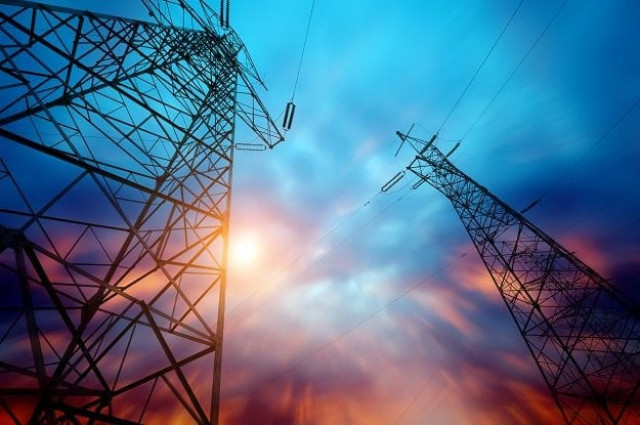Power generation hits 33-month low
Reaches 7547GWh, declining 21% compared to month of October 2023

Power generation in Pakistan plummeted to a 33-month low, reaching 7,547 Gigawatt-hours (GWh) in November 2023. This decline was attributed partly to the onset of the winter season and, more significantly, to the overall economic slowdown in the country. The dip in power generation has intensified the burden of capacity payments on end-consumers.
The cost of fuel in power generation surged by almost 20% to Rs7.17 per megawatt-hour (MW). Several factors contributed to this increase, including the closure of a nuclear power plant, a doubling in the cost of local coal-based power generation, and a substantial rise in the gas tariff for indigenous gas. Additionally, the price of imported gas (RLNG) experienced a notable hike during the month under review.
JS Research highlighted in an infographic that “power generation clocks in at a 33-month low (in November 2023).”
Speaking to The Express Tribune, Tahir Abbas, Head of Research at Arif Habib Limited, said two significant developments led to the rise in fuel costs for power generation. The closure of the Kanupp-2 nuclear power plant, with an installed generation capacity of 1,100 MW, for annual turnaround (ATA) played a crucial role. Simultaneously, the arrival of the 1,320 MW power plant on Thar coal by China’s Shanghai Power Electric (SPE) in the same month, which was not operational in November the previous year, contributed to the increased costs.
Abbas stated that power generation saw a 10% decline to 7,547 GWh in November compared to the same month the previous year. Furthermore, there was a 21% decline in generation compared to the preceding month of October 2023.
He attributed the decline to the early start of the winter season this year and the general economic slowdown, resulting in reduced power consumption. Economic activities, primarily industrial and commercial, account for approximately 60% of overall power production in Pakistan, with households utilising the remaining 40%.
Read Power outages, water and gas shortage spark protests
Despite the decline in November, Abbas pointed out that the overall power generation in the first five months of the current fiscal year (2023-24) increased by 1.8% to 61,258 GWh compared to the same period the previous year. This suggests that power generation and economic activities are in a stabilisation mode, with expectations of a revival from early 2024. He highlighted that the country produced 798 GWh from RLNG despite a significant surge in its price at the start of the winter season. This output was necessary to run the nationwide power transmission network.
The actual generation in November 2023 was 16% lower than the reference generation. Abbas noted, “The decline in generation will increase the capacity charges for the second quarter (Oct-Dec) of the current fiscal year 2023-24.”
Hydel power generation increased by 11% in November compared to the same month the previous year. Nuclear generation, however, witnessed a 33% decline year-on-year, while local coal-based generation soared by 95%. RLNG and local gas-based generation dropped by 21% and 41.5%, respectively, and furnace oil-based generation declined by 97% in November compared to the same month the previous year.
In terms of fuel cost, Abbas reported a 19.7% increase in the cost of power generation in November compared to the same month the previous year. The average fuel cost for power generation increased to Rs7.17/KWh compared to Rs5.99/KWh in November 2022. The increase was primarily due to a decline in nuclear, wind, and solar-based generation.
Published in The Express Tribune, December 21st, 2023.
Like Business on Facebook, follow @TribuneBiz on Twitter to stay informed and join in the conversation.



















COMMENTS
Comments are moderated and generally will be posted if they are on-topic and not abusive.
For more information, please see our Comments FAQ